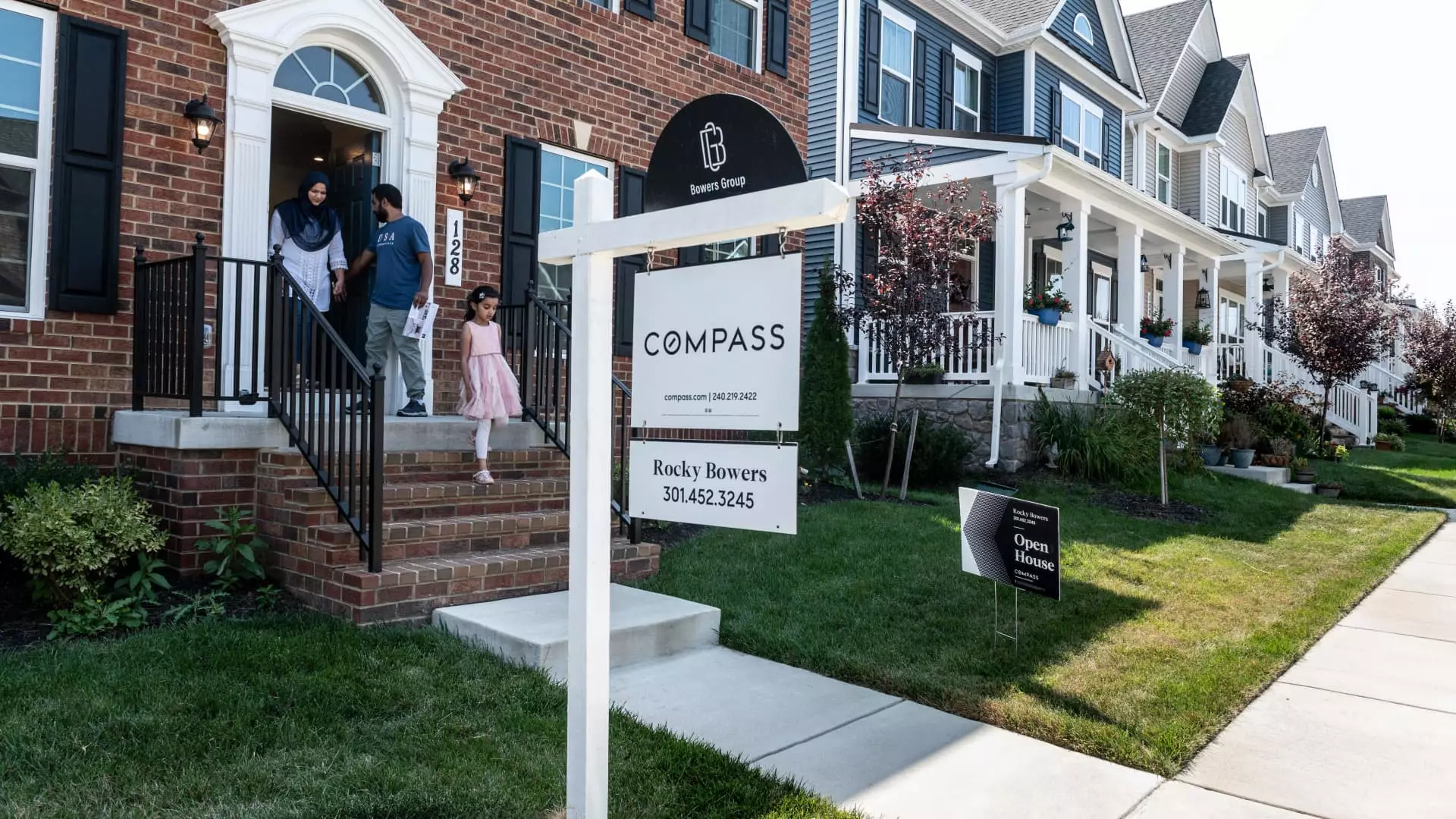The housing market has undergone significant changes in recent years, with one of the key factors being the fluctuation in mortgage rates. The 30-year mortgage rate, a popular option for homebuyers, plays a crucial role in determining the affordability of purchasing a home. While the rate has cooled slightly from its peak, it still remains significantly higher than the historically low rates seen at the beginning of the pandemic. This increase in mortgage rates has led to higher borrowing costs for consumers, impacting their ability to afford a home.
In addition to rising mortgage rates, housing prices have also seen a steep increase in recent times. The Case-Shiller national home price index has reached record highs, creating a challenging environment for potential homebuyers. While current homeowners may benefit from the increase in property value, it has raised concerns for prospective buyers who fear they may be entering the market at the wrong time. The combination of higher mortgage rates and soaring housing prices has further exacerbated the affordability crisis in the housing market.
As a result of the surge in mortgage rates and housing prices, affordability has seen a sharp decline compared to the early stages of the pandemic. Multiple indicators of affordability, such as those from the National Association of Realtors and the Atlanta Federal Reserve, have shown a significant drop in affordability levels. The share of income needed by the average American to afford the median home has surpassed the 30% threshold considered affordable, reaching as high as 43%. This trend of decreasing affordability has been persistent since mid-2021, posing challenges for prospective homebuyers.
Despite the current high mortgage rates, only a small percentage of borrowers are locked in at these elevated levels. The Federal Housing Finance Agency found that nearly 98% of mortgages were below the average rate in the fourth quarter of the previous year, with many borrowers enjoying rates significantly lower than the current average. This can be attributed to the trend of refinancing when rates were at or near 3% during the early stages of the pandemic. Homeowners took advantage of the favorable rates to refinance their mortgages, resulting in a lower overall borrowing cost.
The housing market has undergone significant changes in recent years, driven by surging mortgage rates and housing prices. Affordability has taken a hit as a result, making it challenging for many consumers to purchase a home. Understanding these shifts in the market is essential for consumers looking to navigate the complex landscape of real estate. By staying informed and seeking professional advice, individuals can make informed decisions when it comes to buying or selling a home in the current market conditions.

